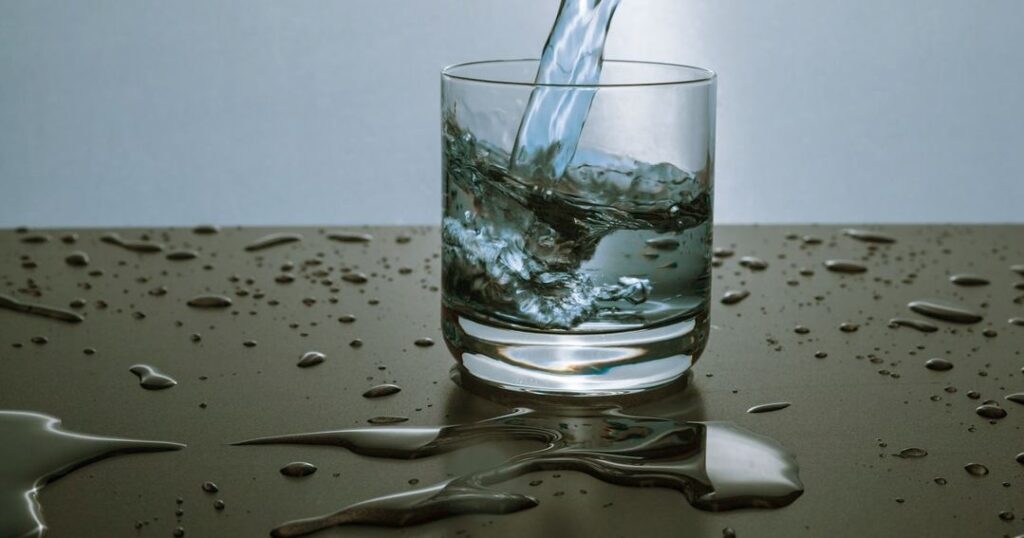Climate change trends suggest there may be more to come. Wastewater treatment plants (WWTPs) may be affected by: -Wet weather flow in some places and seasons and droughts in others. -Higher and lower temperature extremes. -Changing wind patterns and severe weather events. -More stringent regulation of plant effluents and greenhouse gases. -Increasing population and urbanization accentuate the effects of climate change. If your plant is still in the design stage, you have an excellent opportunity to plan for these changes. Plants already in operation can make changes in operation and add or modify wastewater treatment processes to accommodate the changing environment. This article will examine both of these situations and suggest changes that you can make to new plant designs and existing operations. Transcend Water’s design generator is an excellent tool in helping plant designers and operators adapt their plants to changes.
What are the Likely Changes in Operating Conditions?
If stormwater mixes with sewage in wet weather flow, the plant will have higher process volumes with diluted contaminant levels. Bypass arrangements may be necessary for extreme events. Pretreatment of stormwater may be able to lessen its impact on plant operation.
Drought conditions could cause changes in effluent recipient waters and make them more sensitive to the chemistry of plant discharges. When potable water sources are strained, WWTP effluent can be used to recharge aquifers to support agricultural and industrial use. This allows other resources such as lakes and rivers to be dedicated to feeding potable water plants.
Lower temperatures may require additional protection against freezing of process water. High temperatures could increase corrosion in pipes and vessels, affecting material choices.

Designing a WWTP With Climate Change in Mind
If your WWTP is in the design phase, you have a unique opportunity to plan for the factors that result from possible climate change. Here are some things you’ll want to consider (of course, depending on your location, some of them may not apply to your plant):
- Greater fluctuation in stream flow.
- Sewage gathering systems and wastewater treatment process vessels may be subject to more corrosion due to warmer feedwater. This could be a material selection issue.
- Warmer feedwater could result in increased algae growth and odor control issues.
- Elevated temperatures will result in more dissolved minerals.
- Organic activity and turbidity might fluctuate more than they have historically.
Transcend Water has developed their Transcend Design Generator, an SaaS app that can help you design your WWTP. It can also help you see the result of a process change, a feedwater assumption change, or a change in discharge quality requirement before you build anything.
Do You Operate a WWTP that was Built Years Ago?
If you operate an older WWTP, your plant is, of course, subject to similar effects as we’ve described for new plant design considerations. How will you adapt your plant to changing conditions and requirements?
If you are experiencing, or expect, more stormwater intrusion, the major issues you’ll likely face are hydraulic capacity and biological treatment overload.
The simplest answer, where it’s possible, is to separate the stormwater from the wastewater feed so it can bypass the wastewater treatment process. Where that isn’t feasible, you can take some other steps.
You can replace pumps and sometimes vessels to increase volume capacity.
For the biological treatment, adding a small dose of coagulant or flocculant material to the secondary or, if necessary, even the primary stage feedwater can increase the capacity of the treatment by making it easier to remove dissolved and suspended solids.
If you’re facing dry conditions, domestic water use may be restricted, while waste discharge doesn’t change much, resulting in feedwater containing higher concentrations of contaminants.
Transcend’s design generator can help existing plant operators see the effect of changes in feedwater quality and volume and in their processes.
Transcend Water is a company that identified the problem of long design phases for wastewater treatment plants several years ago. Their expert engineers built the Transcend Design Generator to assist water engineers in designing processes and plants quickly. With the design process shortened from weeks or months to as little as 8 hours, this SaaS app can help designers and operators quickly consider design options and evaluate the effects of process changes in prospective and existing plants.
Visit Transcend’s website to learn more about how their design generator can help you adapt your plant design to changing environmental conditions and regulatory requirements.